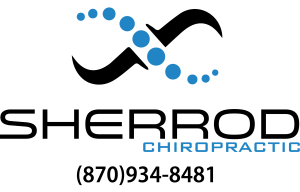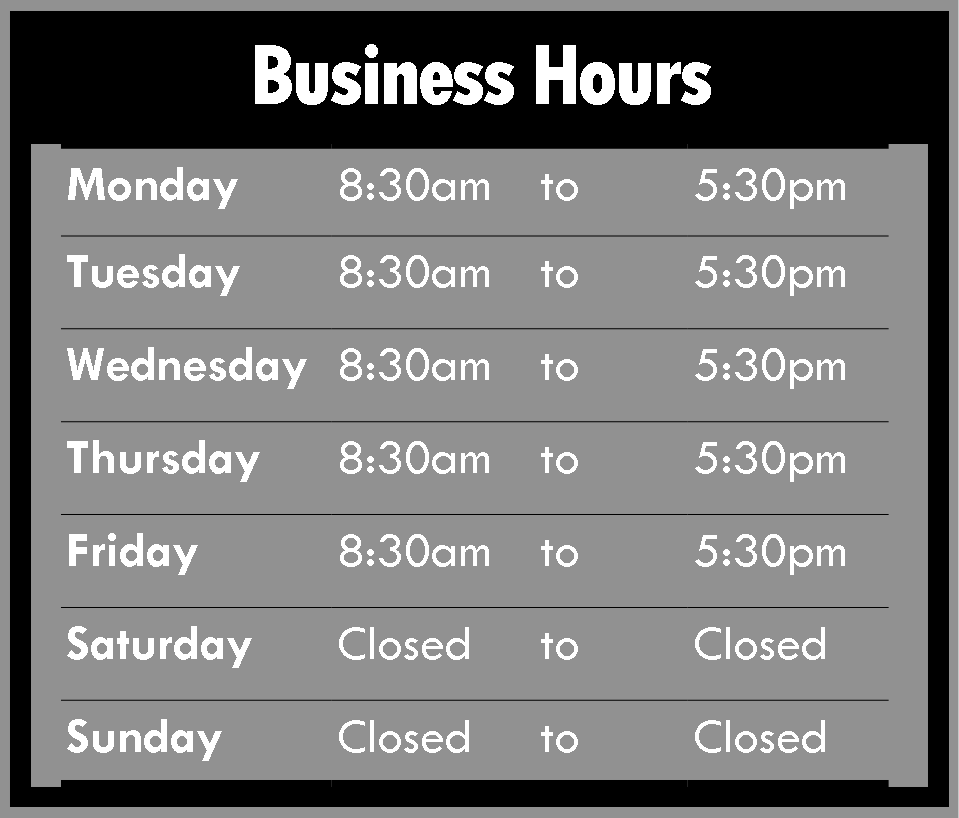Take Your Chiropractor to Work With You
Take Your Chiropractor to Work With You
The following is excerpted from the Science Sidelights section of the Journal of the National Chiropractic Association (JNCA)
Obviously we can’t take our chiropractors to work with us. But by applying a little thought to our daily routine and by remembering the basic points of the chiropractic way to health, we can do a better job with less discomfort and keep in better shape. Here are some things to keep in mind:
If You Sit While You Work
If you sit while you work, the first requirement is obviously a comfortable chair that provides adequate support. You should be able to sit all the way back with the thighs level and feet resting flat on the floor. If you’re too short to have your feet reach the floor, use a stool for them. Sedentary workers should change position every 30 minutes—stretch, stand, or move about.
If You Stand at Work
Waiters, sales people, and others whose work requires prolonged standing should learn to keep fatigue down to a minimum. Your shoes should fit properly and have a thick enough sole for protection. Your working posture is also very important. The average standing worker tends to slump into grotesque positions to shift his weight from one side to the other. A better way of relaxing without throwing the body into poor alignment is to stand with one foot forward for a time and then reverse, alternating the position of the feet at intervals.
If You Have to Lift
There are always methods of conserving strength. Pivoting a heavy packing case to move it conserves energy and prevents back strain since lifting is avoided. The individual is in balanced alignment, which enables him to make good mechanical use of his body; his muscles are contracted as he pivots the case on one corner, and he can get the most amount of work done with the least amount of effort.
When lifting heavy objects is unavoidable, back strain can be eliminated by stooping down with trunk upright, and accomplishing the lift by putting the greatest strain on the muscles of the legs and thighs.
Any one-sided use of the body may lead to a serious distortion. This applies to workers who operate a machine with one hand and use the same hand all the time. If the position of the machine and worker permits, it is wise to alternate both hands. If not, some two-handed activity such as swimming or chinning is highly recommended as a corrective exercise.
By following the above suggestions, anyone can cut down considerably on the stresses and strains that develop during a day’s work. If pains and aches develop despite these preventive steps, it may be necessary to consult your chiropractor, who has at hand the best means of restoring you to normal health.



